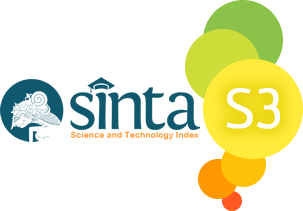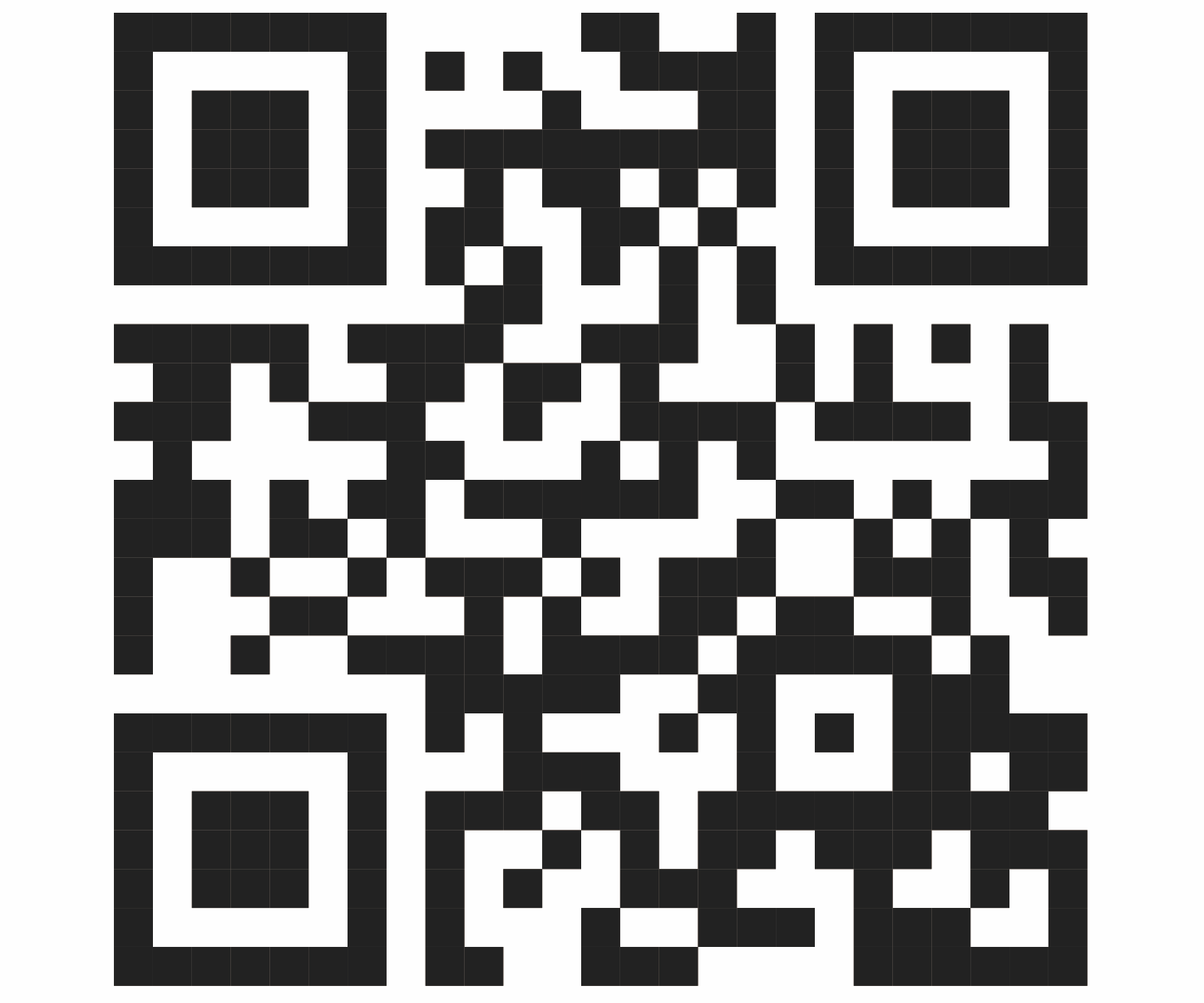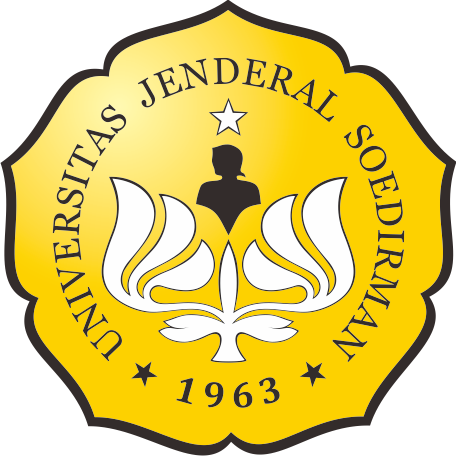KUANTITAS ANAKAN KULTUR SEMUT RANGRANG, Oecophylla smaragdina, SECARA ARTIFISIAL DENGAN MENGGUNAKAN BEBERAPA JENIS PAKAN BERBEDA
Abstract
Oecophylla smaragdina or weaver ants is social insect that has an important role in the ecosystem. One of its main function is as a biological control agent in agriculture. The use of weaver ants in an effort to develop a biocontrol continues and increases, this has caused the significant decrease of the natural population of O. smaragdina. Therefore, the weaver ants rearing is needed to maintain its existence in natural habitat without excessive exploitation. The purpose of this study were to determine the effect of different types of feed i.e. snails, earthworms, and okara (tofu by-product) in the production of weaver ants kroto; and to determine the different of treatments of feeds provided to the production quantity of weaver ants kroto. The experimental method used in this study with a completely randomized design. Treatment was given by different protein sources feeding i.e. snails (Pomacea canaliculata), earthworm (Lumbricus rubellus), and okara. Five replicates were appliead for each treatment. Earthworms fed ants produced highest number of kroto with total of 1,030 individuals and weight 87.4 gram in total. Snails fed ants produced 866 individuals and weight 73.1 gram. Okara fed ants produced 543 individuals and weight 45.9 gram.
Keywords
Full Text:
PDFReferences
Agosti D, Majer D, Alonso LE, Schultz TR. 2000. Ants Standard Methods for Measuring and Monitoring Biodiversity. Washington: Smithsonian Institution Press.
Andersen AA. 1997. Using Ants as Bioindicators. Multiscale Issues in Ant Community Ecology. Page 8. Conservation Ecology.
Anderson AP, Mather, Richardson. 2004. Nutrition of the Mud Crab Scylla serrate (forskal), In Allan & D. Fielder (Ed.). Proceeding and Southeast Asia.
Césard N. 2004. Harvesting and commercialisation of kroto (Oecophylla smaragdina) in the Malingping area, West Java, Indonesia. Jakarta. pp.61-77.
Chapman RF. 1998. The Insects: Structure and Function 4th editions. Australia: Cambridge University Press. p 69-72. https://doi.org/10.1017/CBO9780511818202
Duldjaman M. 2005. Kualitas Karkas Domba yang Diberi Pakan Rumput Kering dan ditambah Ampas Tahu. Fakultas Peternakan Institut Pertanian Bogor. Bogor. J.Indon. Trop.Anim.Agric. 30(20).
Falahudin I. 2012. Peranan Semut Rangrang (Oecophylla smaragdina) Dalam Pengendalian Biologis Pada Perkebunan Kelapa sawit. Palembang: Fakultas Tarbiyah IAIN Raden Fatah.
Harlan I. 2006. Aktivitas Pencarian Makan dan Pemindahan Larva Semut Rangrang Oecophylla smaragdina (formicidae: hymenoptera). [Skripsi]. Bogor: Jurusan Biologi, Fakultas MIPA IPB Bogor.
Holldobler BK, Wilson EO. 1977. Weaver Ants. These Social Insects Use Their Own Larvae as Shuttles to Weave Leaves into Large Nests in The Rain Forests of Africa and Asia. Their Behaviour is Coordinated by Complex Chemical Stimuli. Int J. Scientific American. 3: 146 – 154.
Howard DF, Tschinkle WR. 1980. Aspect of Necoporic in The Red Imported Fire Ant. . Florida: Departement of Biological Science. Florida State University.
Juriyanto. 2013. Untung Besar Budidaya Kroto dengan Aneka Metode Pengembangbiakan Semut Rangrang. Yogyakarta: Araska.
Kroto Research Institute. 2012. Metode Ternak. http://semutkroto.com/visi-dan-misi/. [16 April 2016].
Mele PV, Nguyen TTC. 2007. Ants as Friends. Engham: CAB International
Mele PV, Cuc NTT. 2007. Ants as Friends: Improving your Tree Crops with Weaver Ants (2nd Edition). Cotonou, Benin, and CABI, Egham, UK: Africa Rice Center (WARDA). 72 pp
Mele PV. 2008. A historical review of research on the weaver ant Oecophylla in biological control. Agricultural and Forest Entomology. 10: 13-22.
Offenberg J, Wiwatwitaya D. 2010. Sustainable weaver ant (Oecophylla smaragdina) farming: harvest yields and effects on worker ant density. Asian Myrmecology. 3: 55-62.
Offenberg J, Thu CNT, Decha W. 2013. The Effectivess of Weaver Ant (Oecophylla smaragdina) Biocontrol in Southeast Asian Citrus and Mango. Asian Myrmecology. 5: 139–149.
Palungkun R. 1999. Sukses Beternak Cacing Tanah Lumbricus rubellus. Jakarta: Penebar Swadaya.
Porter SD, Tschinkle WR. 1987. Foraging in Solonepsis invica Effect on Weather ands Season. . Florida: Depertement of Biological Science. Florida State University.
Prasetyo DE. 2015. Peningkatan Produktivitas dan Kualitas Kroto Melalui Kombinasi Komposisi Pakan Semut Rangrang (Oecophylla smaragdina). [Skripsi]. Jember: Program Studi Agroteknologi, Fakultas Pertanian Universitas Jember.
Prayoga B. 2013. Kupas Tuntas Budidaya Kroto Cara Modern. Jakarta: Penebar Swadaya.
Prayoga B. 2014. Menjawab Teka-teki Beternak dan Berbisnis Kroto. Jakarta: Penebar Swadaya.
Rahman AR. 2015. Pemanfaatan Nutrisi Cair Terhadap Kualitas dan Waktu Panen Kroto Semut Rangrang (Oecophylla smaragdina). Jember: Fakultas Pertanian Universitas Jember.
Rizqytiasti A. 2015. Kultur Semut Rangrang (Oecophylla smaragdina) Secara Artifisial Menggunakan Beberapa Jenis Pakan Berbeda. [Skripsi]. Purwokerto: Fakultas Biologi, Universitas Jenderal Soedirman.
Salle AJ. 1973. Fundamental Principles of Bacteriology 7th Ed. Toronto: McGraw-Hill Book company.
Scott ML, Nesheim MC, Young RJ. 1982. Nutrition of the Chicken. New York: Scott, Ithaca. p. 119
Suhara. 2009. Semut Rangrang (Oecophylla smaragdina). Bandung: Jurusan Pendidikan Biologi. FMIPA. Universitas Pendidikan Indonesia.
Article Reads
Total: 4368 Abstract: 2338 PDF: 2030Refbacks
- There are currently no refbacks.

This work is licensed under a Creative Commons Attribution-ShareAlike 4.0 International License.
This website is maintained by:
Bio Publisher
The Faculty of Biology Publishing
Faculty of Biology
Universitas Jenderal Soedirman
Jalan dr. Suparno 63 Grendeng
Purwokerto 53122
Telephone: +62-281-625865
Email: biologi@unsoed.ac.id
T his website uses:
OJS | Open Journal System
A free journal management and publishing system that has been developed by the PKP (Public Knowledge Project) version 2.4.8.0.
All article content metadata are registered to:
Crossref
An official nonprofit Registration Agency of the International Digital Object Identifier (DOI) Foundation.
Articles in this journal are indexed by:









